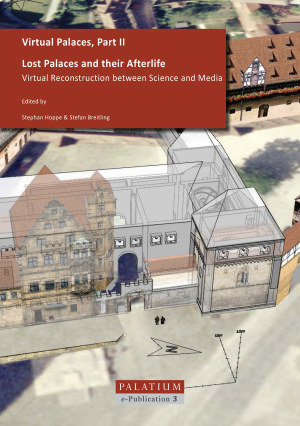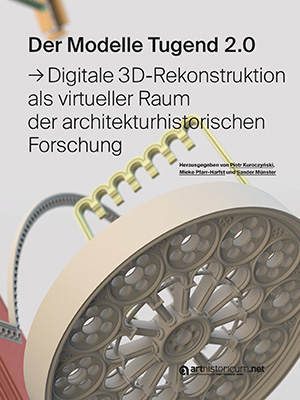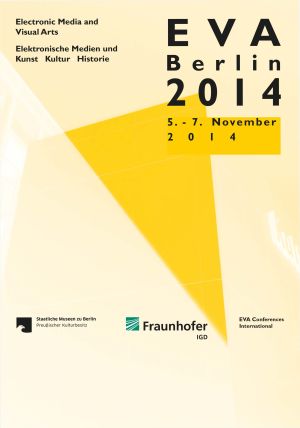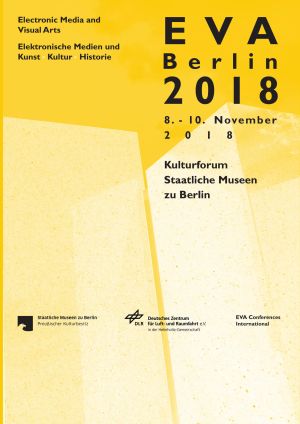Grellert, Marc
Virtual Palaces, Part II: Lost Palaces and their Afterlife. Virtual Reconstruction between Science and Media
This volume deals with digital reconstructions and visualizations of palaces, castles, and other kinds of residential architecture of the early modern period. It focuses not so much on the digital modelling of extant buildings, but rather on the virtual reconstruction of ‘lost’ buildings – in particular of palaces destroyed or drastically altered, or which were never actually built in the first place.
The thirteen papers collected in this volume were first presented at the PALATIUM workshop Virtual Palaces, Part II held in Munich in April 2012.
Digitale Raumdarstellung: Barocke Deckenmalerei und Virtual Reality
Baroque ceiling painting as architecture-bound painting can be documented and explored in digital representations. Data-driven digital representations are a fairly new medium that has only just developed its specific aesthetic qualities, but in many areas has long since found its way into everyday life. Digital reconstructions of stately interiors are already frequently found in castles and museums. This volume provides a comprehensive insight into techniques and practices of digital reconstruction from the perspective of the corpus of Baroque ceiling painting in Germany and discusses current and future challenges in this field of research. In addition to practical approaches, it offers reflective and theoretical approaches to the subject. With the help of digital representations of space, new, previously rather marginal research questions can be answered. For research, research communication, mediation and citizen science, there are still untapped possibilities that are repeatedly raised in the volume. Instead of a general overview, the volume offers a concrete, research-led and art historical approach to the topic of virtual reality.
Der Modelle Tugend 2.0: Digitale 3D-Rekonstruktion als virtueller Raum der architekturhistorischen Forschung
The Model Virtue 2.0 - Digital 3D-reconstruction as a virtual space of architectural-historical research understands digital 3D-reconstruction as part of interdisciplinary object-based research. In the guise of a manual, comprehensive methodologies at the interface between archaeology, art and architectural history and computer graphics and cultural informatics are presented and discussed. The central aim of the book is to illustrate the width of the current scientific debate focused on digital 3D reconstructions and to present previous traditions and developments, the current state of research and practice as well as future challenges and desiderata. Students, scientists and interested laypersons will receive a profound overview of the topic of digital 3D reconstruction in the field of architectural history. The work also offers the specialist community a solid basis and thus the point of departure for the identification of future fields of action and suggestions for further debate.
Konferenzband EVA Berlin 2014. Elektronische Medien & Kunst, Kultur und Historie: 21. Berliner Veranstaltung der internationalen EVA-Serie: Electronic Media and Visual Arts
Konferenzband EVA Berlin 2018. Elektronische Medien & Kunst, Kultur und Historie: 25. Berliner Veranstaltung der internationalen EVA-Serie Electronic Media and Visual Arts
The 25th EVA Berlin Conference [Electronic Media & Visual Arts] bridges between material culture and virtual representation. The concept of «Digital Twins», transferred into the field of Cultural Heritage, is currently changing our practices of curating, scholarly documentation and communication. Digital Twins provide broader access to the collections and allow for innovative narration and visualization concepts. E-installations and streaming services give duration to the performative arts or turn music into a perfect listening experience in the digital concert hall.











